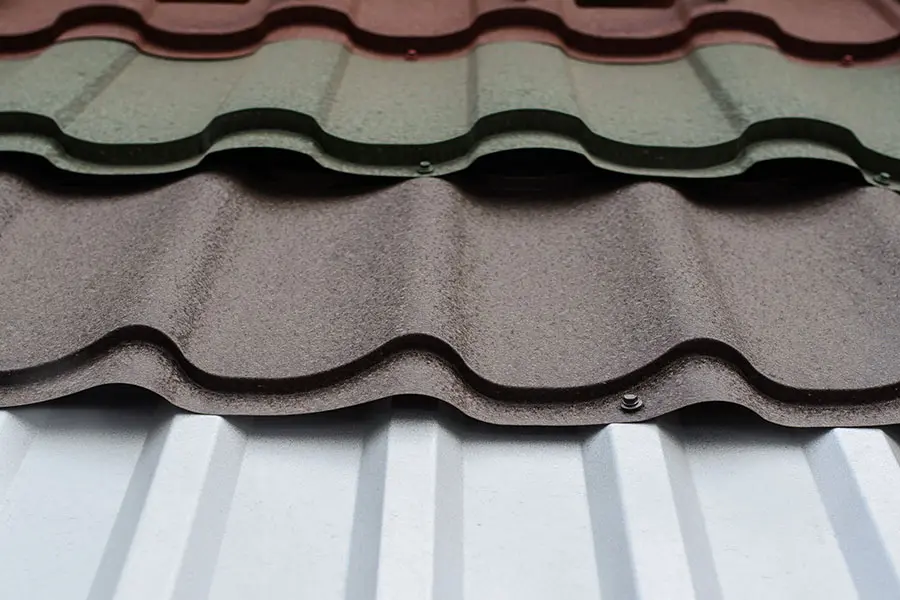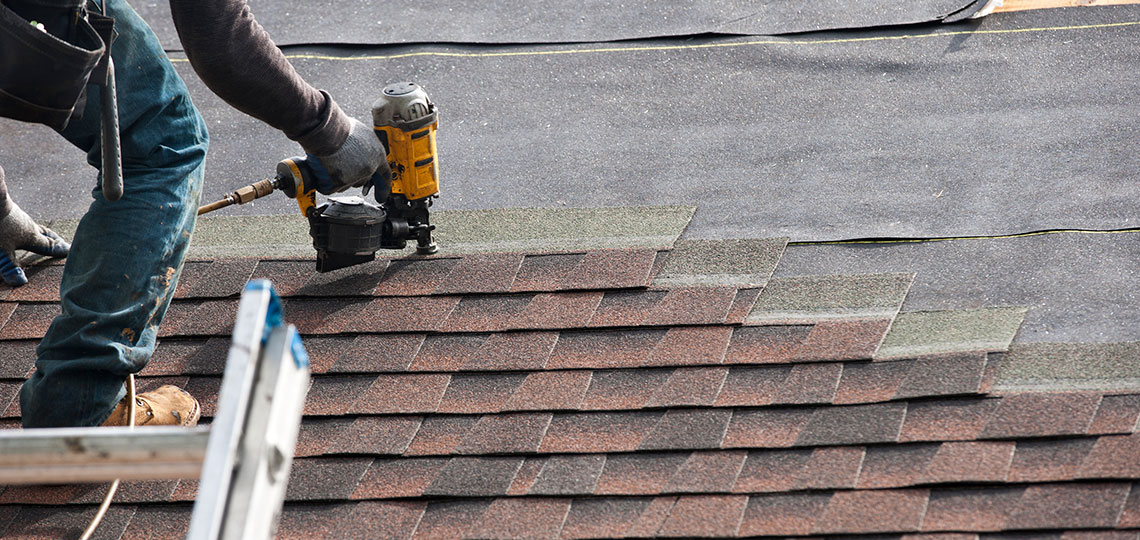Best Practices for Ensuring Appropriate Roofing Ventilation
Guaranteeing correct roof covering air flow is crucial for the durability and efficiency of a roofing system. A balanced consumption and exhaust vent ratio, typically 1:300, plays a pivotal duty, with consumption vents ideally positioned at the reduced edge of the roofing for great air entry and exhaust vents at the optimal for warm air departure. Routine examinations to recognize obstructions and maintain clear airflow are extremely important. Moreover, keeping insulation away from vents is critical to avoid air flow restriction. Recognizing these foundational aspects establishes the stage for more detailed insights into installation and upkeep techniques that can dramatically boost your roof covering system's performance.
Understand Air Flow Fundamentals
Effectively recognizing air flow basics is necessary for making sure the durability and performance of roof. Reliable air flow minimizes wetness build-up and temperature extremes in the attic room, both of which can cause significant architectural damage over time. A well-ventilated roof aids in stopping typical issues such as mold and mildew development, timber rot, and ice dams, which can compromise the honesty of the roof covering products and the underlying structures.
The main objective of air flow is to promote the motion of air, permitting a consistent exchange between the outdoor and interior atmospheres. This equilibrium is accomplished with a mix of consumption and exhaust vents that function with each other to maintain ideal air movement. Intake vents, normally situated along the soffits or eaves, enable fresh air to enter the attic space, while exhaust vents, frequently situated at or near the roof ridge, make it possible for warm, humid air to escape.
Trick variables affecting the efficiency of roof air flow include correct positioning, appropriate sizing, and making sure that both intake and exhaust vents are unhampered. Routine inspection and maintenance are important to determine possible obstructions, damage, or inefficiencies in the air flow system, thereby protecting the roofing's efficiency and resilience.
Sorts Of Roof Vents
Roofing system vents play an essential role in keeping reliable attic air flow and, by expansion, the general health of the roof covering system. Numerous types of roof covering vents are available, each with distinct advantages tailored to particular roof demands. Ridge vents, for example, are set up along the roof covering's top, enabling cozy, humid air to escape from the attic room. They supply constant ventilation and mix seamlessly with the roofline, making them both effective and visually pleasing.

Soffit vents are set up under the eaves and work in tandem with roofing vents to make sure a balanced intake and exhaust system. By allowing cooler air to get in from below, soffit vents facilitate the expulsion of warm air via upper vents. Gable vents, situated on the exterior walls of the attic, deal one more efficient remedy, particularly in homes with gable roofings.
Analyze Your Current Air Flow

Next, think about the age and condition of your roof products and ventilation parts. Older systems may not abide with present building regulations or might have worn away with time, minimizing their performance. Conduct a detailed exam to determine any kind of indicators of wear and tear, such as rust, damage, or voids that could compromise the system's efficiency.
Additionally, gauge the attic room temperature and humidity levels. Heats and moisture can indicate insufficient air flow - roofing companies. Use a hygrometer and thermostat to acquire exact readings, comparing them with outside problems. Relentless disparities recommend possible issues that need dealing with.
Installation Best Practices
Reliable installment of roof covering air flow YOURURL.com systems is extremely important for ensuring optimum performance and long life. Proper setup begins with recognizing the specific ventilation demands of the structure and the roof covering it covers. This includes computing the proper proportion of intake to tire vents, usually adhering to the 1:300 regulation, which specifies one square foot of air flow for each 300 square feet of attic room flooring room.

Intake vents must be mounted at the roofing system's lower edge, frequently in the soffits, to permit trendy air to get in. Exhaust vents, on the various other hand, need to be installed near or at the roof covering's height to facilitate the departure of warm, wet air.
Seal all air vent connections carefully to stop air leakages and prospective water seepage. Use top quality materials and comply with supplier guidelines to make certain longevity and effectiveness. Furthermore, integrating ridge vents with baffles can considerably improve air flow efficiency by preventing wind-driven rainfall and snow from getting in the attic.
Inevitably, specific installment of roof covering ventilation systems alleviates possible issues such as mold and mildew growth, ice dams, and structural damage, guaranteeing the roof's stability and the building's overall health.
Routine Maintenance Tips
Consistency in upkeep techniques is essential to ensuring the long-term performance of roof covering ventilation systems. Throughout these assessments, guarantee that vents are cost-free of particles, nests, and other blockages that could hamper airflow.
Cleansing the vents is one more vital job. Utilize a soft brush or a vacuum to remove dust and particles from intake and exhaust vents. Beware not to harm the vent screens or louvers during the process. Additionally, evaluate the attic area for any kind of signs of water damages, which might endanger the integrity of the roof.
Appropriate insulation is just as important. Ensure that attic insulation does not block the vents, as this can seriously limit air flow. Rearrange or change it to keep a reliable barrier. if any insulation wikipedia reference has changed or resolved.
Last but not least, replace any damaged or missing parts without delay. Busted vents, fractured shingles, or tatty flashing can all add to inadequate air flow and needs to be attended to without delay. Regular upkeep makes certain that the roof covering ventilation system works optimally, consequently extending the lifespan of the roofing itself.
Verdict
Guaranteeing proper roof covering ventilation is extremely important for maintaining the effectiveness and durability of a roof covering system. Adherence to the 1:300 consumption and exhaust air vent ratio, combined with the tactical positioning of vents, is crucial. Regular semiannual examinations, particles cleaning, and guaranteeing insulation does not obstruct airflow are critical methods. Executing these ideal techniques will certainly promote a well-ventilated roof covering system, thus alleviating potential concerns connected to moisture buildup and extreme warmth, ultimately extending the roofing system's life expectancy.
A balanced consumption and exhaust air vent proportion, frequently 1:300, plays a crucial duty, with consumption vents ideally positioned at the lower side of the roof for trendy air access and exhaust vents at the optimal for cozy air departure. Intake vents, typically located along the soffits or eaves, permit fresh air to go into the attic room space, while exhaust vents, often located at or near the roof ridge, allow hot, moist moved here air to get away.
Soffit vents are installed under the eaves and job in tandem with roof covering vents to ensure a well balanced consumption and exhaust system. By permitting cooler air to get in from below, soffit vents help with the expulsion of warm air through upper vents. Adherence to the 1:300 consumption and exhaust vent ratio, combined with the critical placement of vents, is essential.